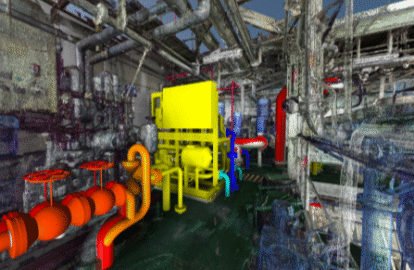The rise of edge computing represents a pivotal shift in data processing paradigms. By situating computational resources near data generation points, this approach effectively minimizes latency and enhances real-time capabilities. Organizations are beginning to recognize the dual advantages of improved efficiency and heightened data privacy. Yet, while the benefits are evident, the implications for various industries remain to be explored. What challenges and opportunities lie ahead in this evolving landscape?
Understanding Edge Computing
Edge computing represents a paradigm shift in data processing, where computational resources are distributed closer to the source of data generation.
This edge architecture enhances data locality, enabling faster response times and reduced latency. As devices generate vast amounts of information, the ability to process data nearer to its origin empowers individuals and organizations, fostering a more liberated and efficient digital landscape.
Read more: The Role of Technology in Modern Journalism and Media
Key Advantages of Edge Computing
While traditional cloud computing relies on centralized data centers, the adoption of edge computing introduces several key advantages that enhance efficiency and responsiveness.
Notably, latency reduction allows for quicker data processing, essential for real-time applications.
Additionally, edge computing improves data privacy by processing information closer to the source, minimizing the need for data transfer to centralized locations and reducing exposure to potential breaches.
Applications of Edge Computing in Various Industries
How can edge computing transform various industries? By enabling real-time data processing, it fosters healthcare innovations, enhancing patient care.
In manufacturing, it boosts efficiency through predictive maintenance.
Retail analytics benefits from instantaneous insights, while smart cities utilize edge solutions for improved infrastructure management.
Additionally, transportation logistics gains precision, and agricultural monitoring achieves optimized resource usage, showcasing the diverse applications of this transformative technology.
The Future of Edge Computing
What lies ahead for edge computing as technology continues to evolve?
Future trends suggest a surge in decentralized applications, enhanced IoT integration, and improved data processing capabilities.
However, potential challenges such as security vulnerabilities and standardization issues may arise.
Navigating these complexities will be crucial for organizations seeking to harness edge computing’s full potential while maintaining the freedom and flexibility it promises.
Conclusion
In conclusion, the burgeoning benefits of edge computing are reshaping the digital landscape. By bridging the gap between data generation and processing, this technology fosters faster functionalities, fortified security, and enhanced efficiency. As industries increasingly adopt edge solutions, they will unlock unprecedented possibilities, paving the way for a more responsive and resilient technological future. Ultimately, the evolution of edge computing heralds a promising paradigm shift, empowering enterprises to embrace innovation and improve operational outcomes.




 How 3D Scanning and Modeling Are Changing Architecture
How 3D Scanning and Modeling Are Changing Architecture